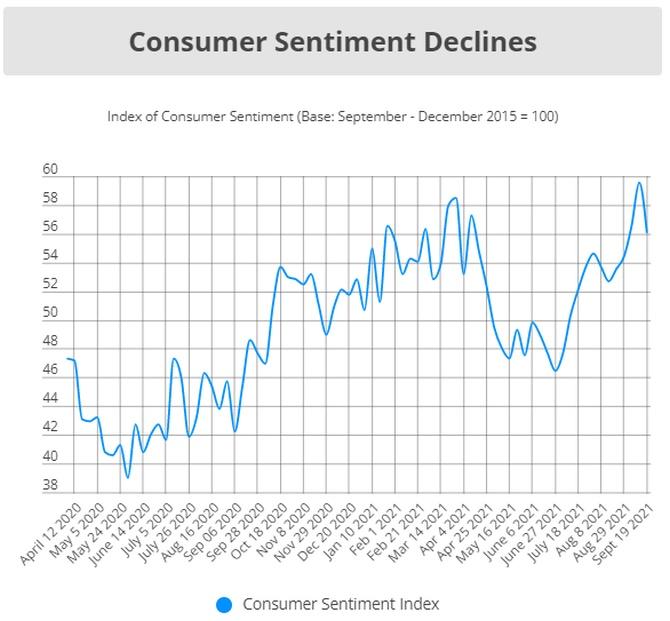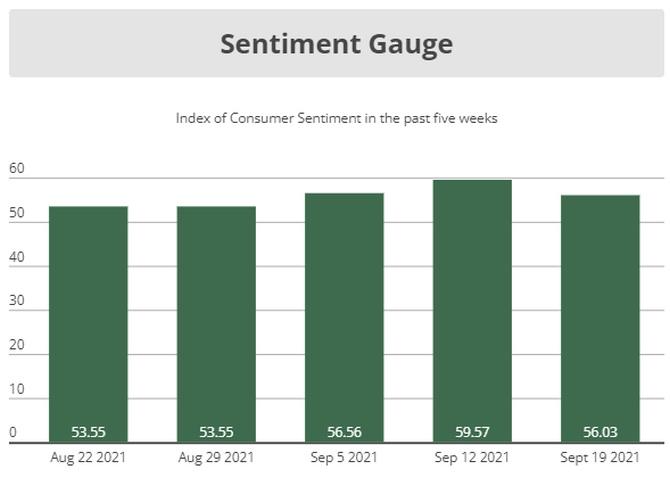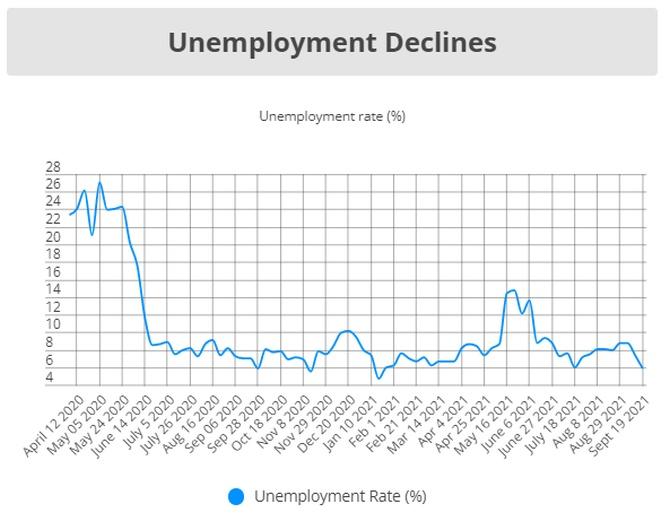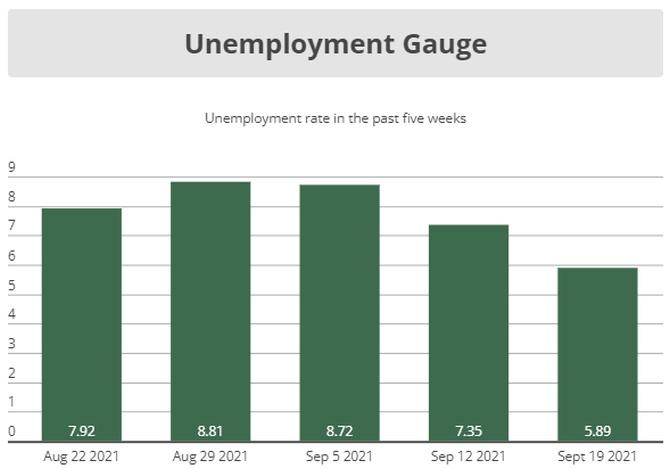In the past 12 months, since September 2020, the net cumulative increase in employment has been just 44,483.
This is negligible — just 0.04 million on a base of over 400 million jobs, reveals Mahesh Vyas.
India’s recovery from the lockdowns of COVID-19 has been swift, partial, exhausted and discriminating.
In April 2020, employment shrunk by a massive 30 per cent.
In absolute terms, of the 403.5 million jobs in 2019-2020, only 282.2 million survived the world’s most severe lockdown. But, the recovery was swift.
In May 2020, 31.5 million jobs came back. In June 2020 another 63.2 million were restored and in July 2020, 15.3 million more returned.
By July of 2020, the loss of jobs had narrowed down to 11.1 million.
The huge job losses incurred initially were as unexpected as was the swift recovery thereafter.
But, the recovery remains partial to date.
In August 2021, 17 months after the draconian lockdown of April 2020, employment continues to remain lower than it was in 2019-2020.
At 397.8 million, employment in August 2021 was still 5.7 million lower than in 2019-20.
The unemployment rate has recovered.
It was 7.6 per cent in 2019-20 and in July-August 2021, it averaged at 7.6 per cent.
The unemployment rate had shot up to 23.5 per cent in April 2020 and so, the recovery is impressive. But, the unemployment rate seems to have settled at a high rate of 7-8 per cent.
The partial nature of recovery is seen in the two other important ratios of the labour markets.
In August 2021, the labour force participation rate, at 40.5 per cent, was 2.1 percentage points lower than it was in 2019-2020.
The employment rate was 2.2 percentage points lower.
These two ratios are more important than the unemployment rate.
They had fallen dramatically upon the imposition of the lockdown and have recovered swiftly but their recovery has remained partial 17 months after the first lockdown.
The recovery seems exhausted because the incremental improvements have diminished drastically.
In the past 12 months, since September 2020, the net cumulative increase in employment has been just 44,483.
This is negligible — just 0.04 million on a base of over 400 million jobs.
There have been several large increases from one month to the next. But, these are lost in subsequent months.
We also know that much of the new employment is likely disguised employment as labour has moved from factories to farms during this period.
This lack of momentum in the addition of jobs to the stock before reaching the employment level of 2019-2020 indicates a premature exhaustion of the recovery process.
This is serious because while the creation of additional jobs has stalled, the flow of additions to the stock of working-age population continues.
The recovery has been discriminating. Job losses are concentrated among salaried employees.
Employment in August 2021 was 5.7 million lower than in 2019-2020.
This involves an 8.8 million loss of salaried jobs and 2 million loss of employment to entrepreneurs.
These losses were partially offset by a 4.7 million increase in employment in farming and 0.7 million increase in employment as daily-wage workers and small traders.
The recovery seems to have discriminated against salaried employees and entrepreneurs.
Salaried jobs are the better quality jobs that people aspire for.
Unlike employment of a daily-wage worker who gets back to work when lockdowns are lifted, salaried employees who lose their jobs cannot go back to the same job or find an alternative one easily.
These job losses are expected to create greater household stress.
Since salaried jobs are the better paying ones, greater loss in these jobs has a larger impact on aggregate demand.
While the recovery in salaried jobs was not impacted by the second Covid wave, it seems to be excruciatingly slow.
Employment in the form of salaried jobs added up to 86 million in 2019-2020.
It fell to 70 million during the first wave, April-June 2020, and recovered to about 73 million during July 2020-March 2021.
Then, during the second wave of April-June 2021, it continued to rise to 76 million and during July-August, averaged at 77 million.
The resilience of salaried jobs to the second Covid wave is comforting, but the slow recovery in them is worrisome.
The recovery of the labour market is discriminating in another way.
It is highly skewed in favour of rural markets.
Of the 5.7 million jobs lost between 2019-2020 and August 2021, 3.7 million were lost in urban India.
Urban India accounts for 32 per cent of all jobs but it suffered 65 per cent of the job losses following the pandemic.
Rural India has done much better, in a sense. It lost only 1.9 million jobs.
Rural India’s saviour has been the agricultural sector.
This absorbed additional labour of the order of 4.6 million between 2019-2020 and August 2021. But, rural India lost 6.5 million non-farm jobs over the same period.
Data available for the first three weeks of September shows that labour market indicators are improving.
The labour participation rate is stable, but the unemployment rate is falling.
As a result, the employment rate is rising marginally. This is encouraging.
The recovery is seen across rural and urban regions.
Since rural India has a much larger share in the population, its impact on all-India estimates is proportionally large.
However, this expected improvement in September is likely to be small and it is unlikely to move the needle much on the fact that the recovery is still incomplete and seems exhausted.
Mahesh Vyas is MD & CEO, CMIE P Ltd
Feature Presentation: Rajesh Alva/Rediff.com
Source: Read Full Article





